A weekly gardening checklist prevents “Garden Gone Wild” overgrowth in the backyard and ensures that your project gets the needed attention to produce the best veggies around. It’s all about watering, weeding, mounding, thinning, and guiding the growth of precision vegetable plants.
Watering
Most vegetable plants require only 1 inch of water weekly, which is amazing considering most are made up of 70% to 90% water. Roots soak up water and move nutrients throughout the plants, contributing to crop growth. Making sure your garden gets enough water is essential and should be checked twice a week either by testing the soil or using a rain gauge. Soil testing requires scooping up a handful of garden soil. If it sticks to your hand or can be rolled into a loose ball, it doesn’t need water. If the soil is hard, dry, and cracked, hydrate your garden. If by midweek half an inch of rain hasn’t fallen, water your garden.
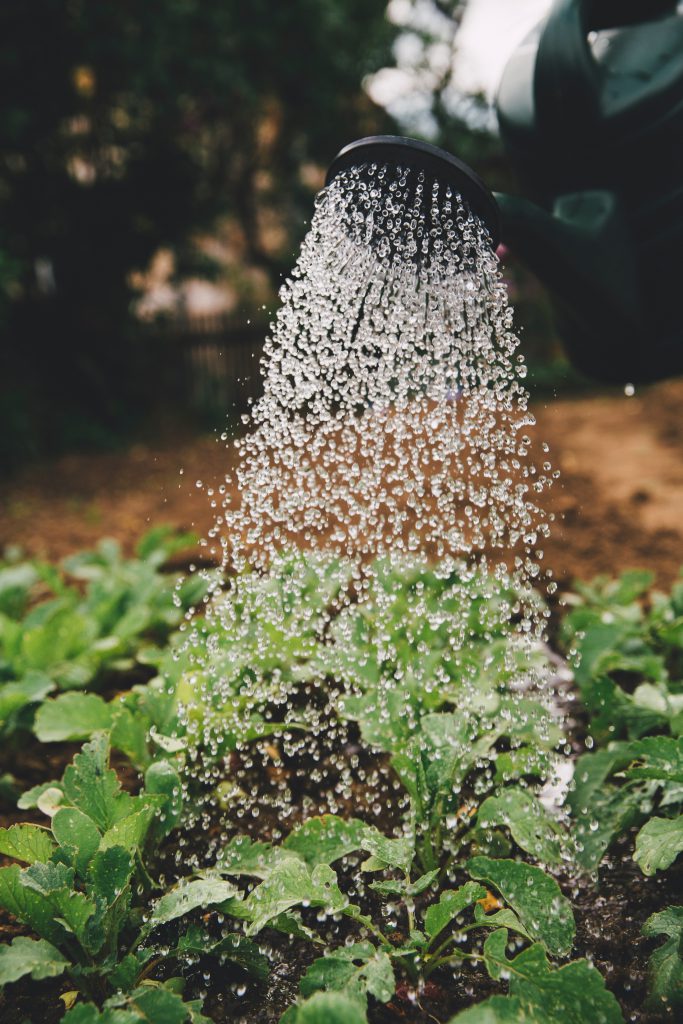
Sprinklers and drip systems are two of three ways to water gardens. Sprinklers connect to outside faucets. Drip systems are tubes installed under mulch and above topsoil that release water directly to plants’ roots. These methods save time and provide even watering, but they can waste water, cost more, and contribute to overwatering. Relying on these systems also makes it easier to neglect other plants that need personal attention.
Watering in the morning is best and allows plants to soak up water and dry off before evening. Midday watering leads to water evaporation and is harder on plants. Evening watering is better than midday, but wet leaves at night can contribute to plant disease. Each plant should get 30 to 60 seconds of shower from top down. Do not saturate the soil.
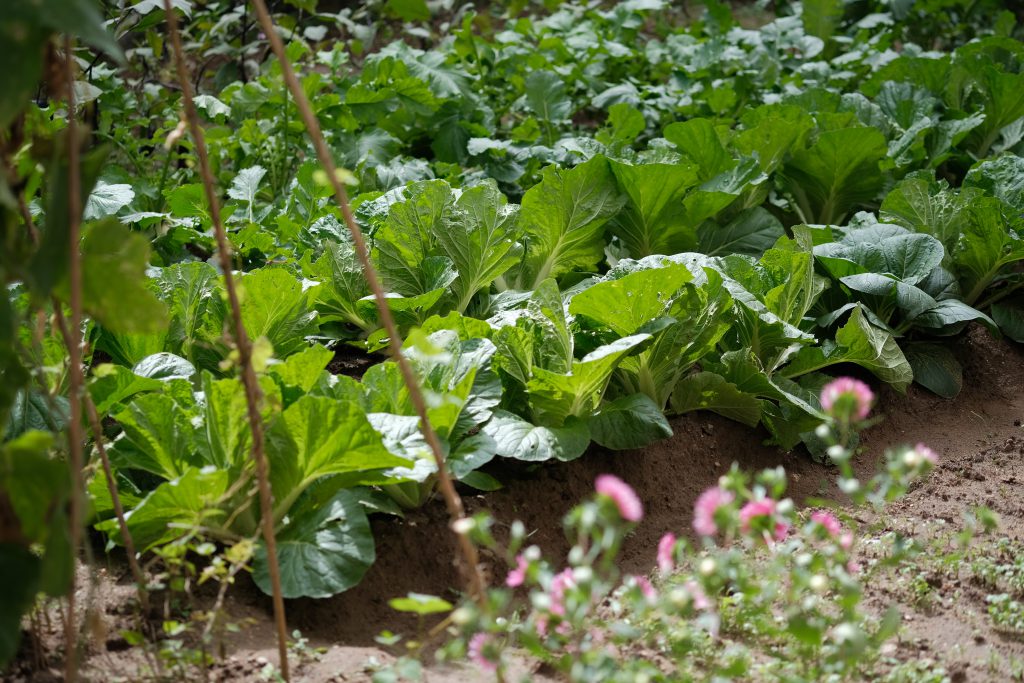
Weeding
Weeds have one plan: to suck the life out of your plants by stealing their sunlight, nutrients, and water. These rascals spread and promote diseases. Weeding when seedlings are young is vital to removing these losers before they can establish themselves. Weed by hand after rain or watering, as plucking the entire weed and its root system from the ground is easier with wet soil. When ground cover is present, the only weeds that sneak in typically show up around the area where your plants grow. Weeds get smothered underneath the ground cover, giving more growing power to the veggies. Perform this step weekly.
Mounding
Mounding means to cover or heap 1 to 2 inches of soil on top of growing vegetables like beets, carrots, onions, parsnips, radishes, and turnips. Mounding soil makes these veggies grow larger. You should never be able to see the veggies popping through the soil. So, once a week rake some soil over the top of these underground growers.
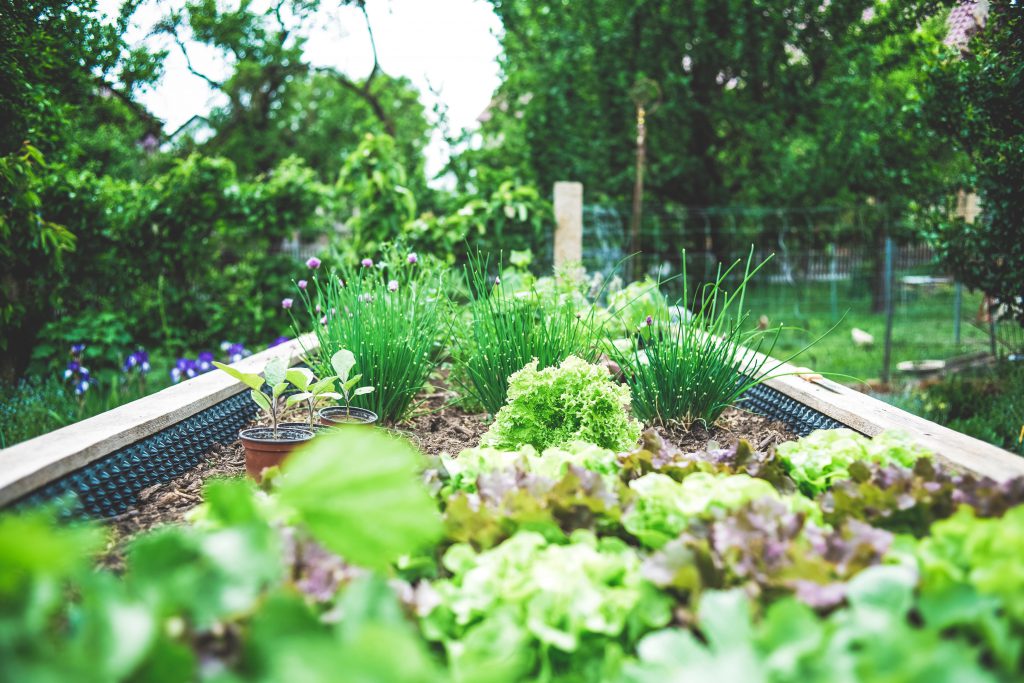
Thinning
Thinning means pulling or removing the weakest-looking seedling from an area that has too many of the same plants growing near one another. Without thinning, plants compete for sunlight, nutrients, and water, and they tend to produce fewer edibles. Thinning typically is needed when seeds first sprout outdoors. Every plant and veggie type has its optimal spacing distance, which easily can be found online.
Guiding Growth
Don’t let your garden turn into a wild jungle. This means checking plants as they sprawl across the ground, crawl upward, or shoot heavily toward the sky. Prevent a takeover by using strategies to make them grow where you want them to grow.
Ground Creepers include things like cantaloupe, cucumbers, gourds, melons, pumpkins, squash, watermelon, and zucchini. They will crawl or stretch out all over the place. Just make sure they are growing where you want them by gently repositioning their vines. Do not hesitate to trim off a few vines if they begin taking over places you don’t want them.
Climbing Plants include varieties of tomatoes, peas, beans, squash, cucumbers, melons, pumpkins, cantaloupe, and gourds. Guiding plants to grow upward frees space and may increase crop production. As plants begin growing across the ground, attach them to a support system with string or twine.
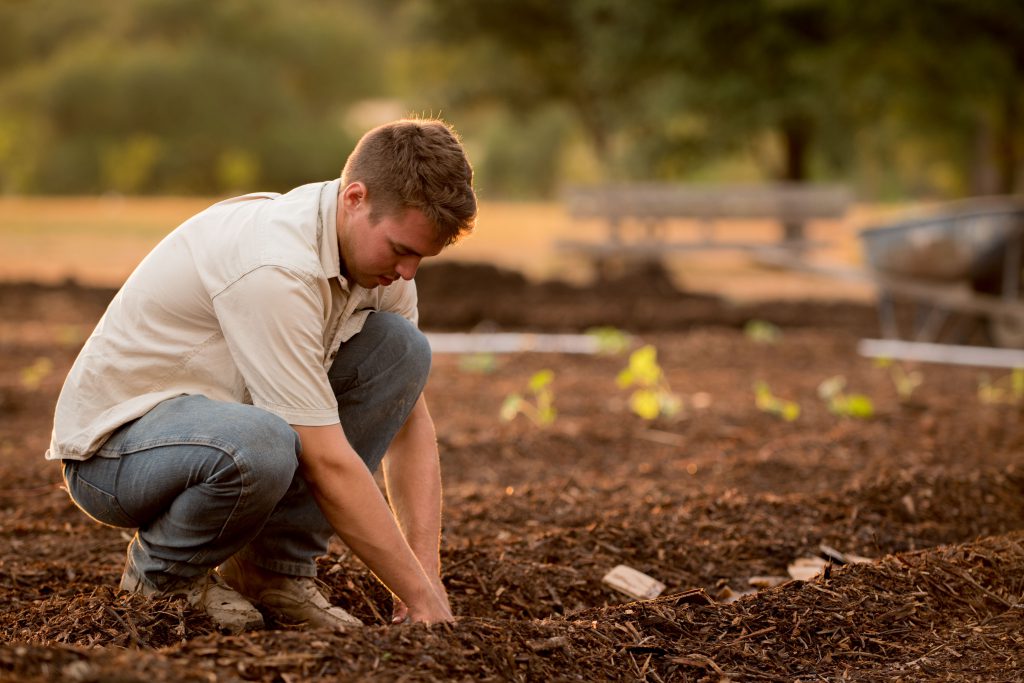
The four common support systems are trellises, arbors, cages, and stakes. Trellises are great for beans and peas and allow for plenty of spread area. Arbors can be built to hold heavier produce, but they tend to create large shaded areas in a garden. This can harm some plants while helping others. Lettuce, for example, does poorly in harsh, direct summer sunlight, so it tends to thrive when planted in the shade of an arbor.
Cages are most commonly used with tomatoes. Make sure to install the cages when first planting the tomatoes. As the tomato plant grows, weave the growing parts into the cage and tie the plant to the metal to prevent it from hitting the ground.
Stakes are budget-friendly and very effective with peas and beans. Pound 4-foot stakes about 5 inches into the ground and space them 2 to 3 feet apart. Tie strong string from each stake, making two rows of string. This creates areas for bean and pea zines to attach and make their climb toward the sun. Tomatoes also may be tied to stakes, but this requires placement of two to four stakes around growing tomato plants. As the plant leans toward the ground, tie the leaning part to a stake with string. This is a less common way of guiding tomato growth, but it works.
Read Next: Survival Garden 105: How to Plant a Garden

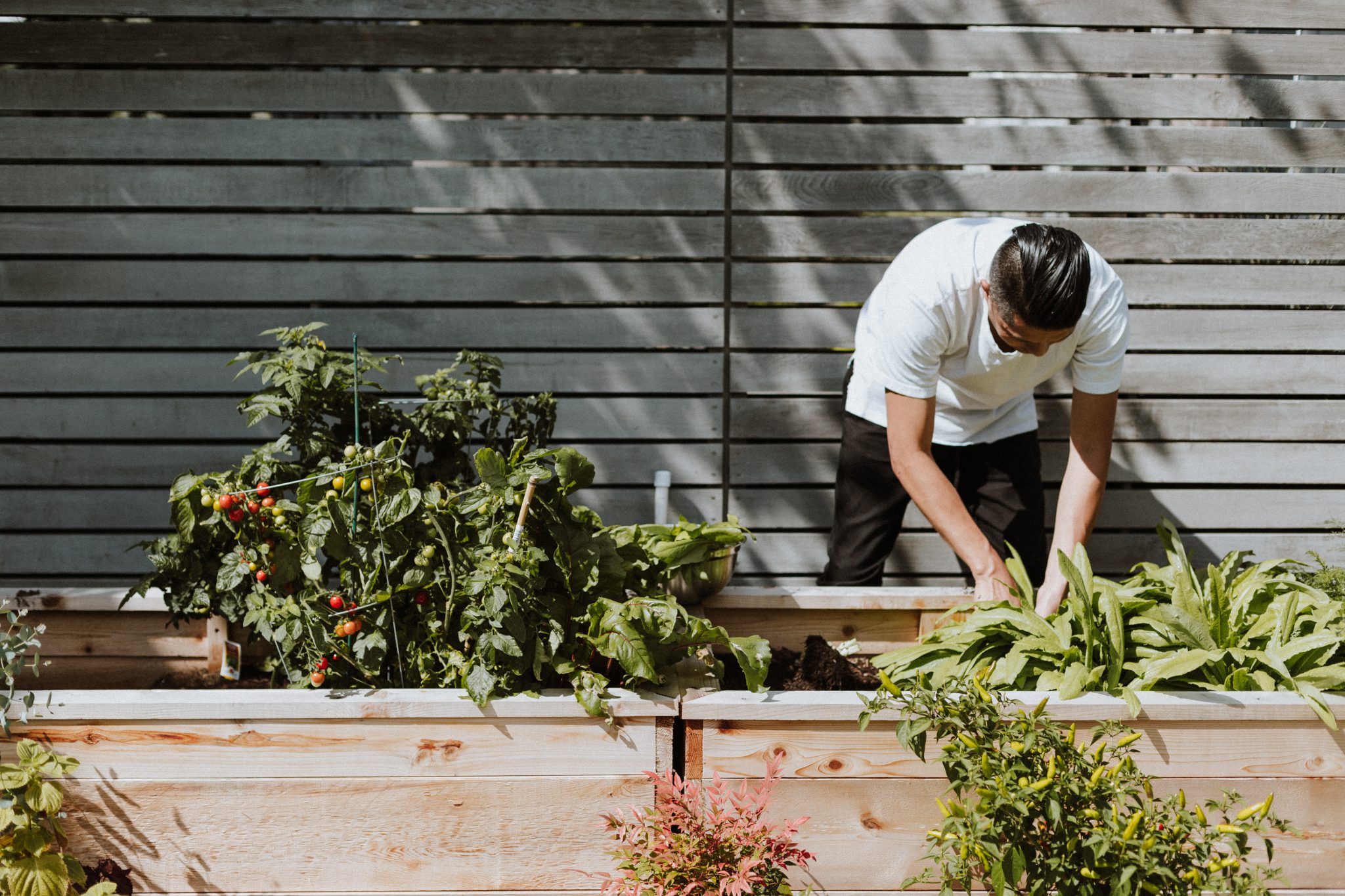

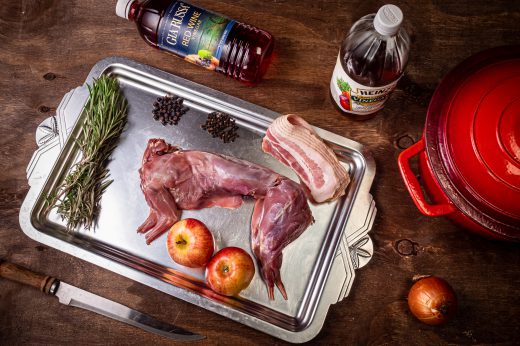

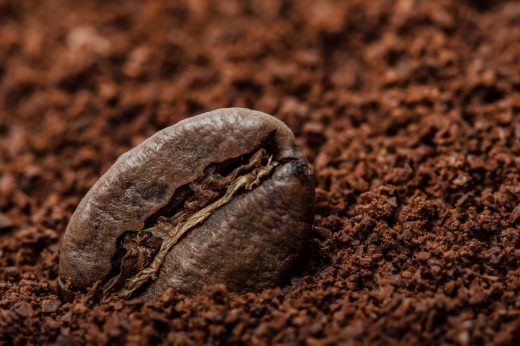


Comments